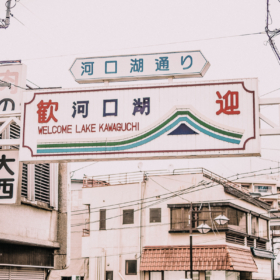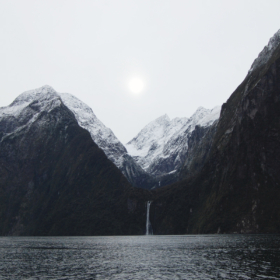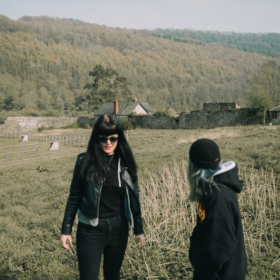Jane, our resident jet-setter, shares her favorite images from around the world with us - this time shining a light on Ronda, located in the Malaga Province in Spain:
Ronda is a small town in southern Spain set atop cliffs. It’s full of cobblestone streets, stairways leading to beautiful viewpoints, Moorish gardens, and picturesque bridges over the gorge. It’s one of those places perfect for exploring on foot and getting lost in, well worth the visit as part of a trip to Spain! – Jane
Not yet 100% sold on visiting this visually stimulating town in southern Spain? Well, here are some facts that might change your mind (‘cause we really don’t expect you to travel to Ronda on account of the Phoenicians, but if so, fair play, you history buff, you.)
10 Facts about Ronda:
- Ronda is located smack dab in the middle of the Serranía de Ronda, a mountain range, at the edge of a canyon 70 meters wide and 120 meters deep.
- It also is really, really renowned for being the ‘home of modern day bullfighting’. Like, it’s clearly their thing. (see fact #9) – not really our cup of tea, but an important historical and cultural fact nonetheless.
- Remains of prehistoric settlements dating all the way back to the Neolithic Age can be found scattered throughout the city – this includes the rock paintings of Cueva de la Pileta.
- In the past, Celts, Phoenicians, Suebi, and Romans have all called this city home..
- It was first declared a city by Julius Caesar in the late 4th century AD.
- Apparently, Ernest Hemingway was well into bullfighting and a big fan of Ronda itself, resulting in the small town being used as the setting in one of his greatest novels, “For Whom the Bell Tolls.”
- Rainer Maria Rilke, was also a big fan of Ronda, stating, “Nothing in all Spain is more surprising than this wild town.” In addition to Rilke and Hemingway, many other notable poets and artists, such as Orson Welles, have also been inspired by Ronda throughout the generations. (Side note: Apparently Welles was a bullfighting enthusiast as well.)
- Puente Nuevo, the “new bridge” spans over the Tajo river at a height of almost 100 meters. Although resembling an ancient Roman aqueduct, this sight-seeing destination was built by architect José Martin de Aldehuela in the 18th century.
- Ok so we don’t really want to bang on about bullfighting, but The Bullring at Plaza de Toros, is apparently one of the oldest and most picturesque spots in Spain. It was built in 1785 by architect Jose Martin Aldehuela (yup, the same guy who built the Roman aqueduct – clearly this guy was pretty busy in his day making sure to put Ronda on the map…)
- Hugging the border of Serranía de Ronda is the Hoya de Malaga, a stunning green valley which features a series of cycling routes for tourists not looking to be a lazy sack of shit just eating all of the food during their travels.






How to get here:
Take the highway or rail from Algeciras or Córdoba or a direct train from Madrid (which operates twice daily).
Photography: Jane
Sources: one two three






